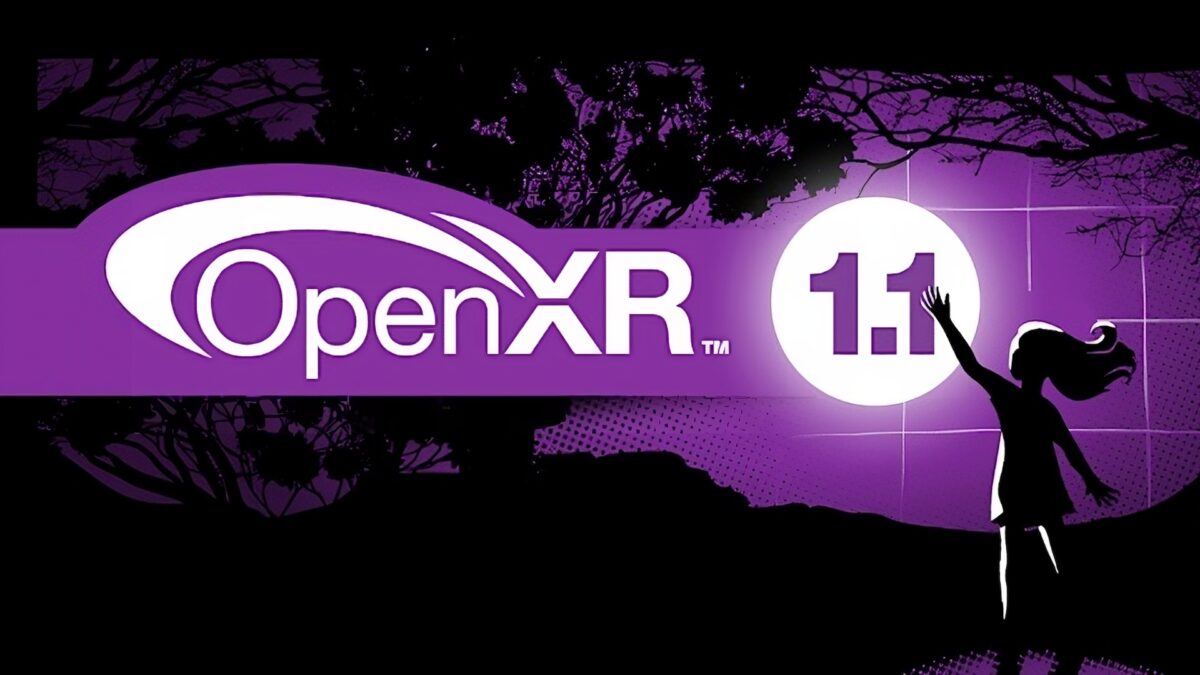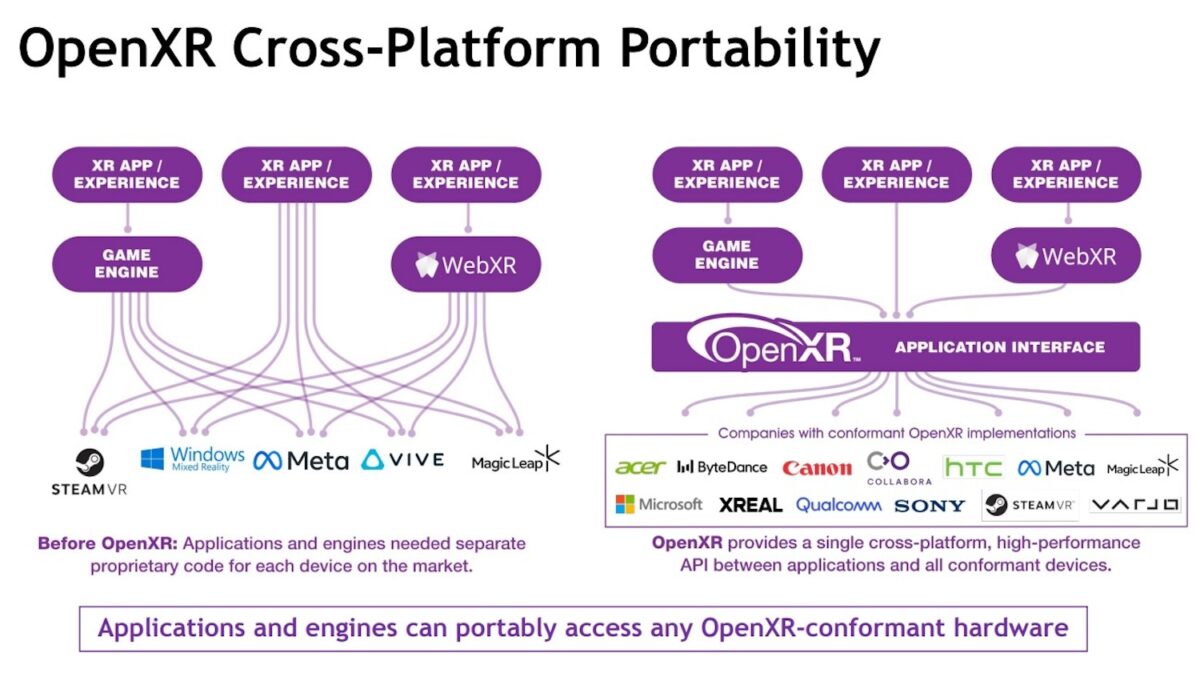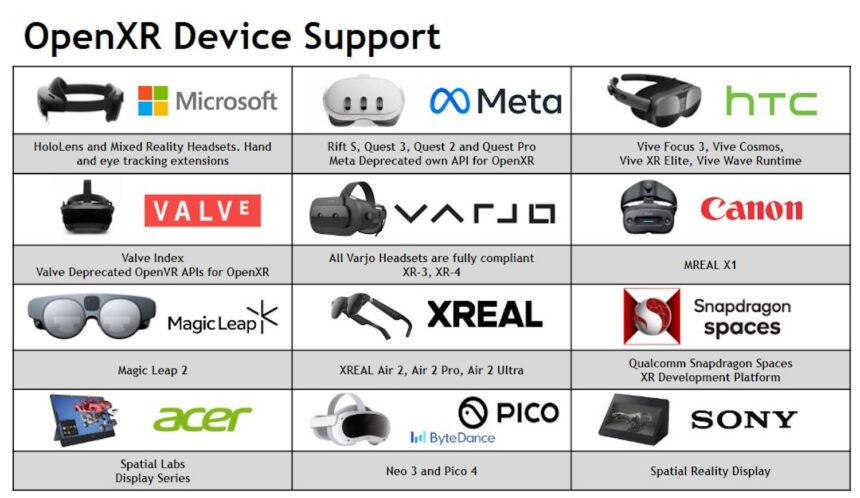OpenXR standard gets an update after nearly five years

OpenXR has shaped the VR and AR industry. Now the Khronos Group has updated the specification and released OpenXR 1.1.
The OpenXR Working Group announced a new version of the industry standard. OpenXR 1.1 integrates multiple API extensions into the core specification. These include optimizations for floor localization and more efficient foveated rendering. There are also enhancements to existing features.
Further information on OpenXR 1.1 can be found in the press release.
What is OpenXR?
The goal of OpenXR is to standardize basic functions of XR applications to streamline development across a wide range of devices and reduce fragmentation.

OpenXR provides a set of standardized API functions to simplify development for different VR and AR platforms. | Image: Khronos Group
OpenXR is supported by the majority of companies that directly or indirectly develop XR products, including ByteDance, Canon, HTC, Magic Leap, Meta, Microsoft, Sony, Xreal, Qualcomm, Valve and Varjo. Apple is a notable exception with Vision Pro. Unity and Unreal support OpenXR as well.

An overview of XR devices that support OpenXR. | Image: Khronos Group
The OpenXR specification was finalized in July 2019, and has been implemented relatively quickly by the majority of the XR industry. For example, Meta Quest and SteamVR both fully support OpenXR. However, it took nearly five years for the working group to agree on an update to the specification.
For example, the Working Group is currently exploring multiple functionality domains such as extending hand tracking to include full-body tracking, and "enhanced handling of spatial entities", apparently in response to Apple's visionOS spatial operating system.
Note: Links to online stores in articles can be so-called affiliate links. If you buy through this link, MIXED receives a commission from the provider. For you the price does not change.